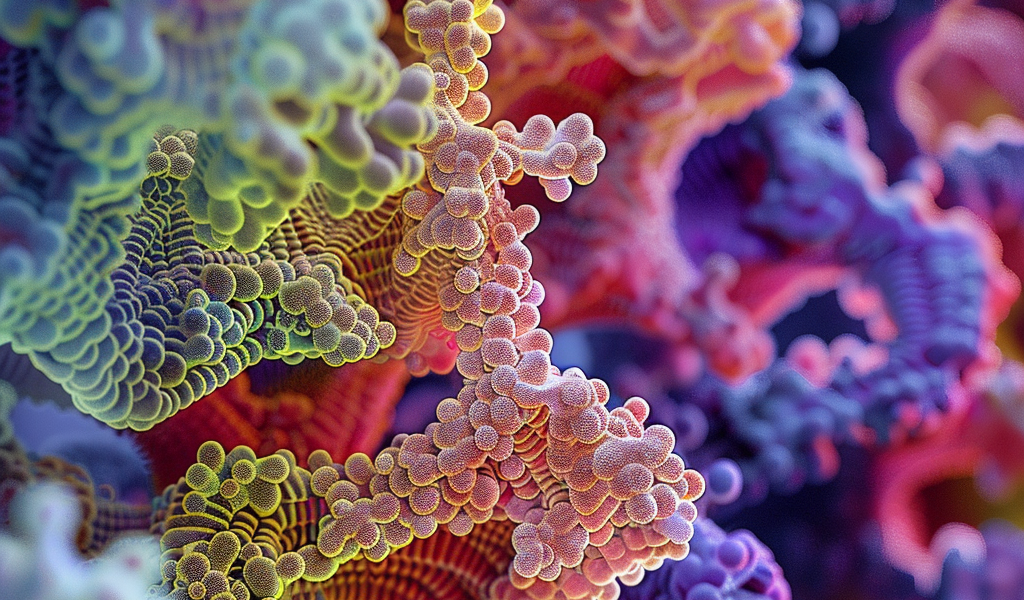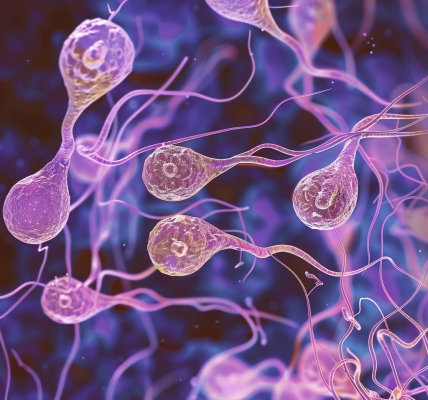Opportunities and Challenges in Design and Optimization of Protein Function
Published on 02 April 2024
The field of protein design has seen significant advancements over the past decade. Traditionally, the reliability of structure-based design methods was limited, but recent strategies combining structure-based and sequence-based calculations, along with machine learning tools, have greatly enhanced protein engineering and design. This review delves into how these methods have facilitated the design of increasingly complex structures and activities with therapeutic relevance.
Furthermore, protein optimization methods have enhanced the stability and activity of complex eukaryotic proteins. With improved reliability, computational design methods have been utilized to enhance therapeutics and enzymes for green chemistry, as well as to generate vaccine antigens, antivirals, and drug-delivery nano-vehicles. The success of design methods reflects a heightened understanding of the fundamental rules governing the relationships among protein sequence, structure, and function.
Despite these advancements, de novo design remains primarily limited to α-helix bundles, constraining its potential to create sophisticated enzymes and diverse protein and small-molecule binders. Designing complex protein structures presents a challenging yet essential next step in realizing the objective of generating new-to-nature activities.





